Bluetooth Range: How Far Can It Go?
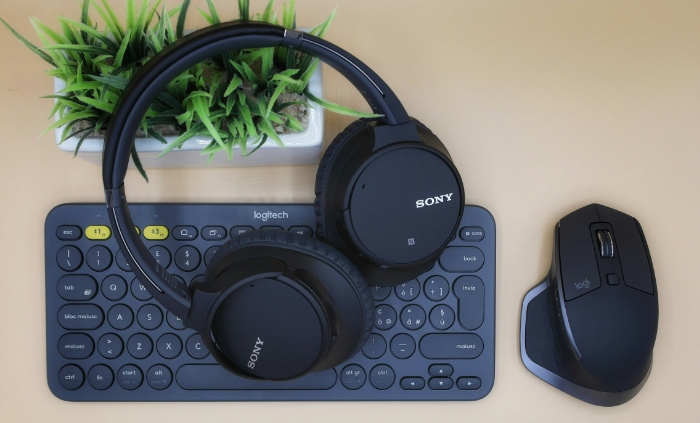
Few technical glitches are as annoying as the stutter of a failing Bluetooth connection. You walk into the kitchen to grab a drink, and your podcast cuts out long before you reach the thirty-foot limit promised on the box.
This gap between marketing claims and real-world performance creates significant confusion for consumers. Technically, Bluetooth is simply a radio signal broadcasting on the crowded 2.4 GHz spectrum.
However, the distance that signal travels is not a static number written in stone. Instead, effective range is a dynamic variable determined by the interplay of official power classes, the specific protocol version in use, and the uncompromising laws of physics in your environment.
Understanding Power Classes: The Theoretical Limits
Bluetooth range begins with the raw power output of the radio transmitter inside a device. While marketing materials often gloss over these technical specifications, the Bluetooth Special Interest Group (SIG) has established three distinct power classes that categorize devices based on their signal strength and intended usage.
These classifications serve as the baseline for performance before environmental variables or antenna designs come into play.
The Three Main Classes
The official standards divide devices into groups based on their maximum output power, measured in milliwatts (mW) or decibel-milliwatts (dBm).
Class 1 devices represent the most powerful category. They transmit at 100 mW, which allows for a theoretical range of up to 100 meters or 328 feet. This power level is typically found in industrial equipment, heavy-duty long-range sensors, and some high-end desktop computers that act as hubs. Because they consume significant energy, Class 1 radios are rarely used in small, battery-operated wearables.
Class 2 is the standard most consumers encounter daily. With an output of 2.5 mW, these radios are designed for a range of approximately 10 meters or 33 feet. This balance between range and battery efficiency makes Class 2 the default choice for the vast majority of smartphones, wireless headphones, and tablets.
Class 3 operates at the lowest power tier of 1 mW, resulting in a very short range of less than 1 meter. This class is generally reserved for specialized peripherals that only need to function when in close proximity to a host device, such as certain wireless dongles or secure card readers.
The Pairing Requirement
A common misconception is that buying a high-power Class 1 speaker will automatically guarantee a long-range connection. However, Bluetooth communication is bidirectional; devices must be able to send and receive signals from one another.
If a powerful Class 1 speaker is paired with a standard Class 2 smartphone, the effective range is limited to the capabilities of the weaker device. The phone might be able to “hear” the loud speaker from 100 meters away, but if the speaker cannot hear the phone's whisper-quiet reply, the connection will fail.
The effective range is always dictated by the device with the lowest power class in the chain.
The Impact of Bluetooth Versions and Protocols
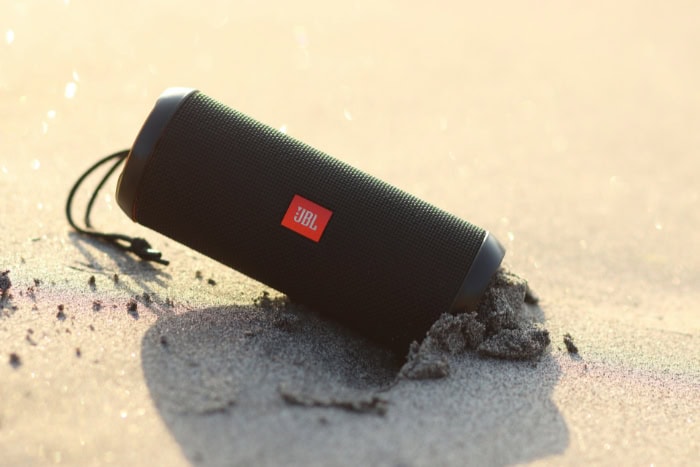
While power output sets the physical limit, the software and protocols managing the signal play an equally significant role in connection stability and distance. As Bluetooth technology has matured, engineers have developed new methods to stretch the capabilities of the 2.4 GHz spectrum.
Bluetooth Classic vs. Low Energy (BLE)
Bluetooth Classic and Bluetooth Low Energy (BLE) serve two different purposes, which directly influences their range performance. Bluetooth Classic is designed for continuous, high-throughput data streams.
It is the protocol used for streaming audio to headphones or conducting hands-free calls. To maintain this heavy flow of data, it requires a steady, robust connection that can drain batteries quickly.
In contrast, BLE is optimized for intermittent data bursts. It spends most of its time in a sleep state, waking up only to send small packets of information, such as a heart rate reading or a command to unlock a door.
Because BLE is efficient and operates at lower data rates, it can often maintain a link at marginal signal strengths where Bluetooth Classic would struggle to keep a stream synchronized.
The Bluetooth 5.0 Revolution
The release of Bluetooth 5.0 marked a significant shift in how devices handle range. This version introduced a feature known as “Coded PHY,” which allows the transmitter to add error correction data to the signal.
This redundancy makes the signal more resilient to corruption and noise. By reinforcing the data packets, Bluetooth 5.0 and its successors can effectively decode signals that are weaker or further away.
Under optimal conditions, this technology can quadruple the range of the previous Bluetooth 4.2 standard, theoretically pushing connections well beyond the traditional 10-meter limit without increasing transmission power.
The Speed vs. Distance Trade-off
There is a fundamental compromise inherent in radio physics: you can have high speed or long range, but rarely both simultaneously. To achieve the extended distances promised by Bluetooth 5.0, the protocol must significantly lower the data transfer rate.
This reduction makes the “Long Range” mode unsuitable for high-fidelity audio streaming, which requires wide bandwidth. However, for smart home devices like light bulbs or temperature sensors that only need to transmit simple commands, this trade-off is ideal.
It allows for reliable control across a large home even if the data travels slower.
Environmental Factors: Why Signals Fail
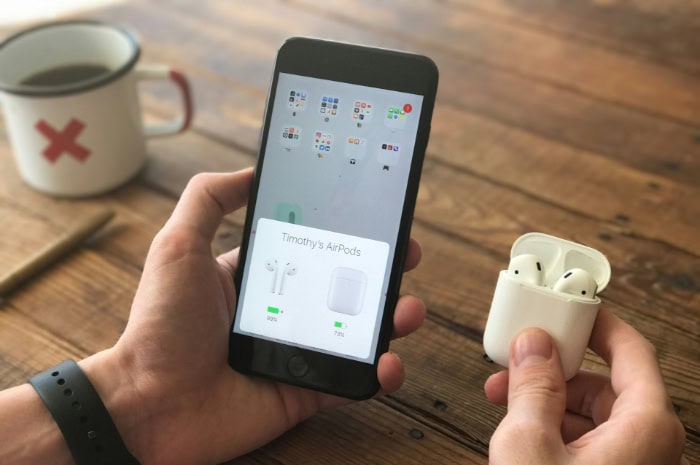
Even with high-powered hardware and modern protocols, the physical environment remains the ultimate arbiter of performance. Laboratory tests are conducted in shielded, interference-free rooms that bear little resemblance to the chaotic reality of a modern home or office.
In the real world, radio waves must navigate a gauntlet of obstacles, competing signals, and physical phenomena that degrade the link quality long before it reaches its theoretical maximum distance.
Path Loss and Attenuation
As a radio signal travels through space, it naturally weakens, a process known as path loss. When that signal encounters physical objects, it suffers attenuation, which is the reduction of signal strength as it passes through matter.
The density and material of the obstacle determine the severity of this loss. Drywall and wood allow signals to pass with minimal reduction, which is why Bluetooth works reasonably well between adjacent rooms.
Concrete and brick are much denser and will absorb a significant portion of the energy. Metal acts as a shield; a smartphone placed inside a metal locker or behind a refrigerator will likely lose connectivity immediately.
One of the most surprising and effective blockers of Bluetooth signals is the human body. Radio waves at 2.4 GHz resonate with water molecules, which is the same principle that allows microwave ovens to heat food.
Since the human body is primarily composed of water, it acts as a “water bag” that absorbs radio frequency energy. If a user puts their phone in a back pocket and covers the earbuds' receiver with their head or body, the signal may drop simply because the body is blocking the line of sight.
Radio Frequency Interference (RFI)
The 2.4 GHz frequency band is heavily congested because it is an unlicensed spectrum used by many household technologies. Wi-Fi routers are the biggest competitors; a router broadcasting a high-definition video stream can drown out the weaker Bluetooth signals nearby.
Microwave ovens also emit noise in this frequency range when running, often causing headphones to stutter during lunch breaks.
Additionally, hardware components themselves can generate interference. Poorly shielded USB 3.0 ports and cables are known to emit noise in the 2.4 GHz range.
If a Bluetooth transmitter or mouse dongle is plugged directly next to an active USB 3.0 hard drive, the interference from the data transfer can create a “dead zone” of only a few inches, preventing the Bluetooth device from functioning correctly.
Reflection and Diffraction
Radio waves behave similarly to light; they can bounce off surfaces and bend around corners. Indoors, this creates a phenomenon called multipath propagation.
Signals reflect off walls, floors, and furniture, arriving at the receiver at slightly different times. While modern receivers are designed to handle this, severe echoes in a metal-heavy or concrete environment can confuse the signal processing.
Outdoors, the behavior changes. Without walls to reflect the signal, there is no multipath effect to help the signal reach around obstacles.
However, the lack of reflective surfaces also means the signal dissipates faster into open space. This is why a pair of headphones might maintain a connection across a large gym but struggle to stay connected at the same distance in an open field where there are no surfaces to bounce the signal toward the receiver.
Hardware Design and Engineering Constraints
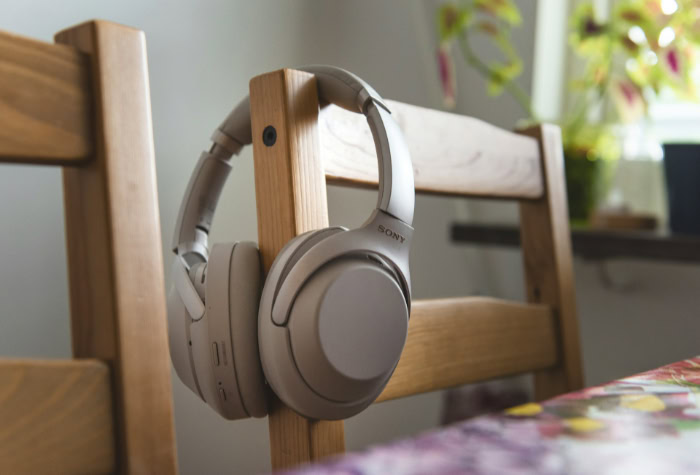
While specifications and environmental factors set the stage, the actual performance of a Bluetooth connection often comes down to the physical engineering of the device itself. Manufacturers must balance aesthetic appeal, size constraints, and battery life against the physics of radio transmission.
This creates a series of engineering compromises that explain why a bulky over-ear headset might hold a steady signal while a sleek, minimalist earbud struggles to maintain a connection at the same distance.
Receiver Sensitivity and Signal Strength
Transmission power gets the most attention in marketing, but the receiver's ability to listen is often more important. This capability is measured by a metric called Receiver Sensitivity, which is closely tied to the Received Signal Strength Indicator (RSSI).
Sensitivity defines the weakest possible signal a device can detect and still successfully decode data.
A device with high sensitivity can maintain a stable connection even when the incoming signal is faint, effectively compensating for a weaker transmitter on the other end. For example, a high-quality receiver might operate effectively at -90 dBm, while a cheaper component might lose the link at -70 dBm.
In practical terms, a “good listener” extends the effective range significantly more than a “loud shouter” does, as it allows the connection to persist even after the signal has been attenuated by distance or obstacles.
Antenna Design and Device Materials
The physical design of the antenna and the material encasing it are critical determinants of range. Radio frequency engineering requires specific antenna lengths to resonate effectively with the 2.4 GHz wavelength.
However, modern consumer demand for miniaturization, such as in hearing aids, true wireless earbuds, or smart rings, forces engineers to use microscopic antennas that are naturally less efficient than larger counterparts.
Furthermore, the materials used in the device chassis can severely impact performance. Plastic and glass are generally radio-transparent, allowing signals to pass through with little resistance.
Conversely, premium devices often feature aluminum or stainless steel bodies for durability and style. Since metal blocks radio waves, engineers must cut plastic “windows” into the chassis or route the antenna to the exterior.
If a user covers these specific points with their hand, they can inadvertently detune the antenna, causing the range to plummet.
Battery Management and Power Saving
Software plays a hidden role in hardware performance, particularly regarding power consumption. Bluetooth radios require energy to transmit signals, and the further the signal must travel, the more power is required.
Smartphone operating systems are designed to aggressively preserve battery life. When a phone's battery gets low, or if the device enters a “Low Power Mode,” the operating system may automatically reduce the voltage supplied to the Bluetooth radio.
This throttles the transmission power, shrinking the effective range bubble to save energy. A user might find their headphones working perfectly at 80% charge but experiencing cutouts at 20% charge, simply because the phone is restricting power to the transmitter.
Network Topologies for Extending Range
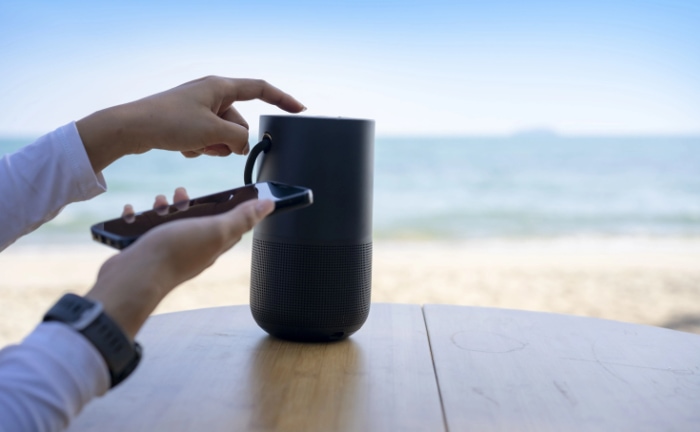
When the physical limits of a single device are reached, the solution often lies in changing the structure of the network itself. Standard Bluetooth connections rely on a direct link between two points, but modern implementations have introduced new topologies that allow signals to cover entire buildings.
Point-to-Point vs. Signal Repeaters
The traditional Bluetooth model is a Point-to-Point (P2P) topology, where a central device like a phone connects directly to a peripheral like a speaker. The range here is finite and strictly limited by the distance between those two specific objects.
If the distance becomes too great, the link breaks.
To mitigate this, users can employ dedicated signal repeaters or boosters. These devices act as a bridge, receiving a signal from the source and re-transmitting it at full power to the destination.
While this adds latency, it effectively doubles the usable range. This is particularly useful in scenarios where a source device, such as a TV transmitter, needs to reach headphones in a different room.
The repeater acts as a stepping stone, carrying the signal across a gap that a direct connection could not bridge.
The Mechanics of Bluetooth Mesh Networking
Bluetooth Mesh fundamentally changes how devices communicate by moving away from the hub-and-spoke model. In a mesh network, every mains-powered device, such as light bulbs, wall switches, or thermostats, acts as a node that can send and receive data.
Instead of a smart lock needing to connect directly to a hub in the basement, it connects to the nearest smart bulb, which passes the message to the next bulb, and so on, until the data reaches its destination.
This “hopping” mechanism allows the network to cover vast areas. As long as there is another device within range, the network can extend indefinitely.
If one node fails, the network self-heals by rerouting the data through a different path. This makes Mesh ideal for smart home automation, as it eliminates dead zones without requiring high-power transmitters.
Optimizing Line of Sight and Positioning
Regardless of the topology, the physical placement of the transmitter or hub is the most cost-effective way to maximize range. Radio waves travel best through open air.
This concept is often visualized using the Fresnel zone, a football-shaped area of space between the transmitter and receiver. For optimal performance, this zone should be clear of obstructions.
Placing a Bluetooth hub on the floor or inside a media cabinet drastically reduces its effectiveness because the signal immediately encounters obstacles. Elevating the device, placing it on a high shelf or mounting it on a wall, clears the immediate Fresnel zone.
This simple adjustment often provides a better signal boost than buying new hardware, as it allows the radio waves to travel over furniture and human bodies rather than trying to punch through them.
Conclusion
Bluetooth range is rarely the static figure printed on product packaging. It is the result of a dynamic equation involving transmission power, receiver sensitivity, and the physical obstacles standing in the way.
While manufacturers highlight theoretical maximums achieved in perfect laboratory conditions, the real world introduces variables that inevitably reduce these numbers. A signal that travels effortlessly across an empty warehouse will struggle to penetrate the drywall, furniture, and interference found in a typical home.
Newer standards like Bluetooth 5.0 offer significant improvements in stability and distance, yet they remain subject to the fundamental laws of physics. No software update can make a radio signal penetrate a steel beam or pass through a body of water without losing strength.
Interference from other household electronics and the density of building materials will always act as the ultimate limiters of performance. Users should view the specifications on the box as a “best-case scenario” rather than a guarantee of performance in every room.
In the end, satisfaction with Bluetooth technology depends on matching expectations to the specific use case. High-fidelity audio streaming requires a robust connection with high bandwidth, which naturally suffers at long distances.
In contrast, simple data transmission for smart home sensors can stretch much further by utilizing lower data rates. By recognizing these constraints, users can better determine if their current setup simply needs better positioning or if the situation calls for dedicated long-range hardware to bridge the gap.


